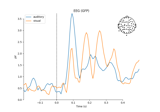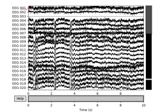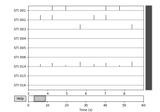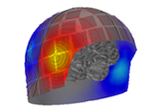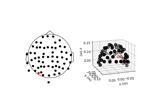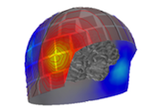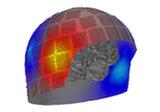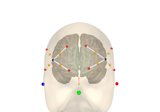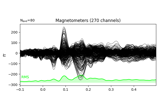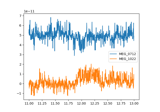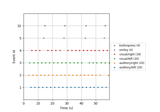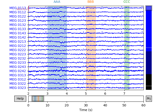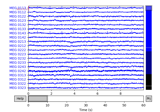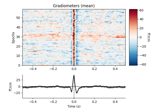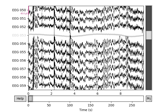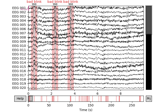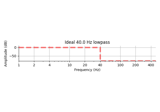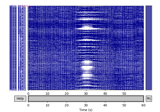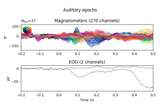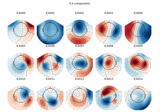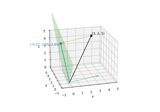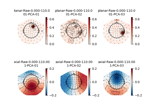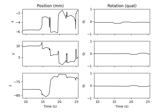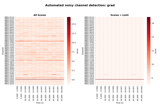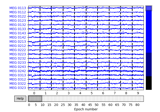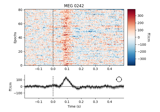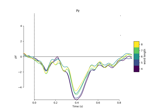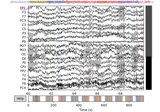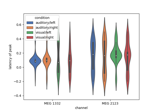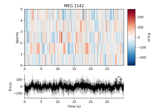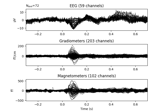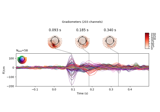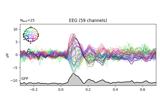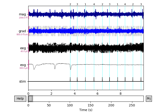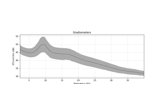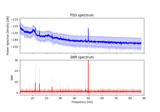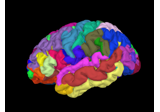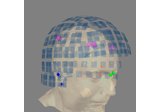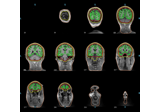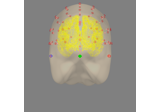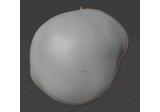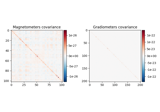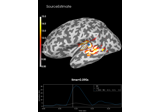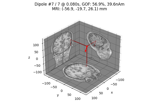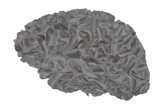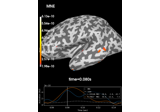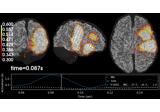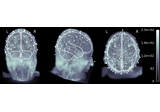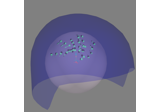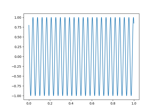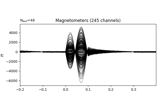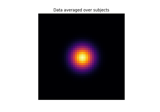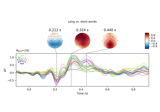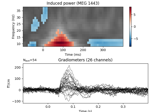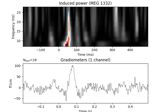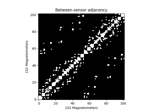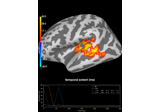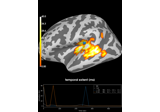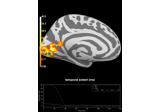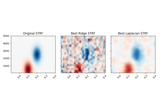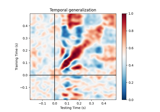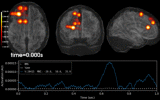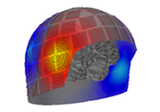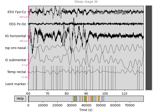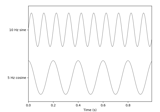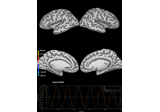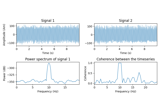Tutorials¶
These tutorials provide narrative explanations, sample code, and expected output for the most common MNE-Python analysis tasks. The emphasis here is on thorough explanations that get you up to speed quickly, at the expense of covering only a limited number of topics. The sections and tutorials are arranged in a fixed order, so in theory a new user should be able to progress through in order without encountering any cases where background knowledge is assumed and unexplained. More experienced users (i.e., those with significant experience analyzing EEG/MEG signals with different software) can probably skip around to just the topics they need without too much trouble.
Introductory tutorials¶
These tutorials cover the basic EEG/MEG pipeline for event-related analysis,
introduce the mne.Info, events, and mne.Annotations
data structures, discuss how sensor locations are handled, and introduce some
of the configuration options available.
Reading data for different recording systems¶
These tutorials cover the basics of loading EEG/MEG data into MNE-Python for various recording devices.
Working with continuous data¶
These tutorials cover the basics of loading EEG/MEG data into MNE-Python, and
how to query, manipulate, annotate, plot, and export continuous data in the
Raw format.
Preprocessing¶
These tutorials cover various preprocessing techniques for continuous data, as well as some diagnostic plotting methods.
Segmenting continuous data into epochs¶
These tutorials cover epoched data, and how it differs from working with continuous data.
Estimating evoked responses¶
These tutorials cover estimates of evoked responses (i.e., averages across several repetitions of an experimental condition).
Time-frequency analysis¶
These tutorials cover frequency and time-frequency analysis of neural signals.
Forward models and source spaces¶
These tutorials cover how the cortical source locations (source spaces) and forward models (AKA leadfield matrices) are defined.
Source localization and inverses¶
These tutorials cover estimation of cortical activity from sensor recordings.
Statistical analysis of sensor data¶
These tutorials describe some approaches to statistical analysis of sensor-level data.
Statistical analysis of source estimates¶
These tutorials cover within-subject statistical analysis of source estimates.
Machine learning models of neural activity¶
These tutorials cover some of the machine learning methods available in MNE-Python.
Simulation¶
These tutorials describe how to populate MNE-Python data structures with arbitrary data, using the array-based constructors and the simulation submodule.
